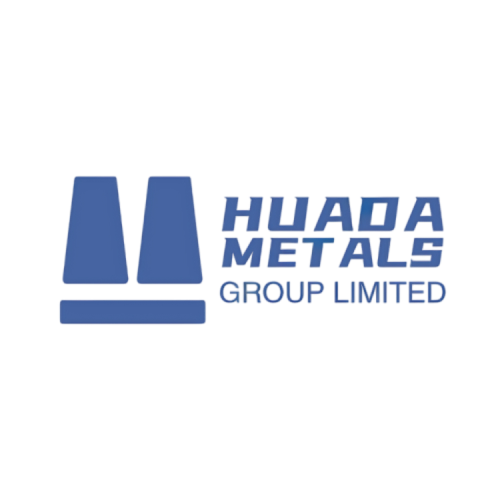Hastelloy alloys represent a family of nickel-based superalloys engineered by Haynes International for unparalleled performance in highly corrosive and extreme temperature applications. These precipitation-hardenable alloys combine nickel’s inherent corrosion resistance with strategic additions of molybdenum, chromium, tungsten and cobalt to deliver exceptional material stability where conventional stainless steels fail.
Hastelloy alloy, a registered trademark of Haynes International, Inc., represents a family of nickel-based corrosion-resistant alloys renowned for their exceptional performance in harsh chemical environments. These alloys are engineered to withstand extreme temperatures, aggressive media, and stress corrosion cracking, making them indispensable in industries such as chemical processing, petrochemicals, aerospace, nuclear energy, and environmental protection.
Overview of Hastelloy Alloys
Hastelloy Alloys of Tpyes
| Grade | Ni% | Cr% | Mo% | W% | Fe% | C% | Other | Temperature Limit |
|---|---|---|---|---|---|---|---|---|
| C-276 | Bal. | 15.5 | 16.0 | 3.5 | 5.5 | 0.01 | Co 2.5 | 1900°F (1040°C) |
| C-22 | Bal. | 22.0 | 13.0 | 3.0 | 3.0 | 0.01 | Co 2.5 | 2000°F (1095°C) |
| B-3 | Bal. | 1.5 | 28.5 | 3.0 | 1.5 | 0.01 | Co 1.0 | 1800°F (980°C) |
| X | Bal. | 22.0 | 9.0 | 0.6 | 18.0 | 0.10 | Co 1.5 | 2200°F (1205°C) |
HuaDa Metals has the products certification and assurance in China.
Unmatched Material Properties
Pitting Resistance Equivalent Number (PREN): 65-75 (vs. 316SS at 25-35)
Oxidation Resistance: Forms protective Cr₂O₃/MoO₂ composite oxide layer
Stress Corrosion Cracking (SCC) Immunity: Superior to 300-series stainless
Phase Stability: Minimal σ/μ phase precipitation up to 1200°F (650°C)
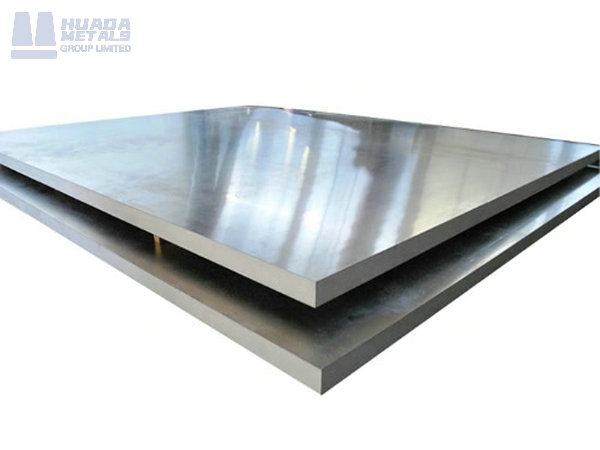
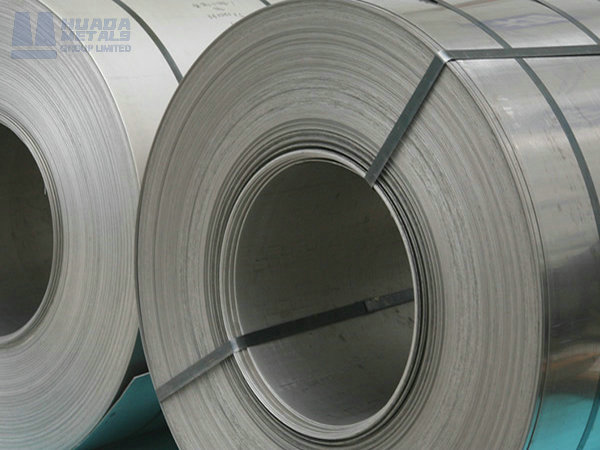

| Parameter | Hastelloy C-276 | 316L SS | Titanium Gr2 | Inconel 625 |
|---|---|---|---|---|
| HCl Resistance | 10% @ BP | <1% @ RT | 5% @ RT | 5% @ BP |
| H₂SO₄ Resistance | 60% @ BP | 5% @ RT | 10% @ RT | 20% @ BP |
| Creep Strength (1000h@1500°F) | 8ksi | N/A | N/A | 6ksi |
| Thermal Conductivity (BTU/hr·ft·°F) | 6.2 | 9.3 | 11.4 | 6.5 |
| CTE (in/in°F x10⁻⁶) | 6.7 | 9.6 | 5.2 | 7.4 |
Key Properties and Advantages of Hastelloy Alloys
- All-Around Corrosion Resistance: Hastelloy alloys resist a wide range of corrosive media, including hydrochloric acid, sulfuric acid, phosphoric acid, chlorinated solvents, and seawater.
- Localized Corrosion Resistance: Superior resistance to pitting, crevice corrosion, and stress corrosion cracking compared to stainless steels and other nickel-based alloys.
- Thermal Stability: Maintains mechanical integrity and corrosion resistance at elevated temperatures (up to 1,200°C for some grades).
- Weldability and Fabricability: Optimized compositions enable easy welding, forming, and machining, with minimal post-weld heat treatment requirements.
- High-Temperature Strength: Retains strength and ductility under prolonged exposure to oxidizing, reducing, or neutral atmospheres.
Hastelloy Alloys of Properties and Manufacturer
Technical Specifications and Standards
Hastelloy alloys comply with international standards such as:
- ASTM: B-366, B-574, B-575, B-619, B-622, B-626
- ASME: SB-366, SB-574, SB-575, SB-619, SB-622, SB-626
- DIN/EN: 2.4819 (C-276), 2.4602 (C-22), 2.4617 (G-30)
Manufacturing Capabilities
Product Forms: Cold-rolled sheets (0.5-6mm), plates (6-150mm), bars (5-500mm), pipes (1/4″-48″), fittings (ASME B16.9)
Fabrication: Precision CNC machining, cold forming (20% max reduction), orbital welding (GTAW)
Surface Finishes: #4 brush, 2B mill, electropolished (Ra<0.4μm)
Performance Comparison Matrix
| Parameter | Hastelloy C-276 | 316L SS | Titanium Gr2 | Inconel 625 |
|---|---|---|---|---|
| HCl Resistance | 10% @ BP | <1% @ RT | 5% @ RT | 5% @ BP |
| H₂SO₄ Resistance | 60% @ BP | 5% @ RT | 10% @ RT | 20% @ BP |
| Creep Strength (1000h@1500°F) | 8ksi | N/A | N/A | 6ksi |
| Thermal Conductivity (BTU/hr·ft·°F) | 6.2 | 9.3 | 11.4 | 6.5 |
| CTE (in/in°F x10⁻⁶) | 6.7 | 9.6 | 5.2 | 7.4 |
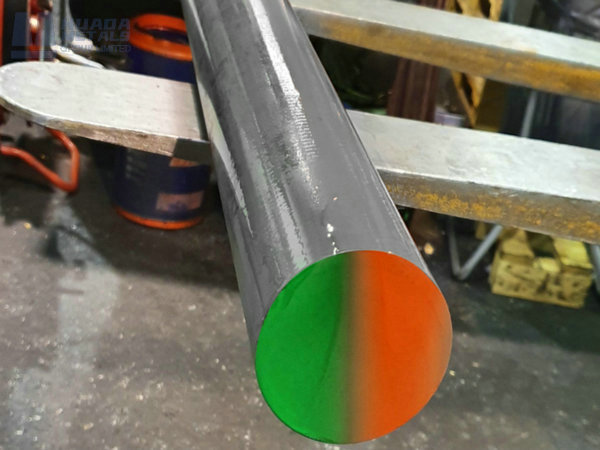
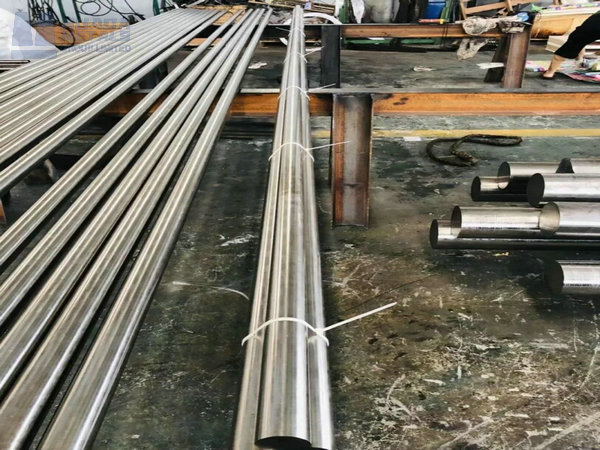
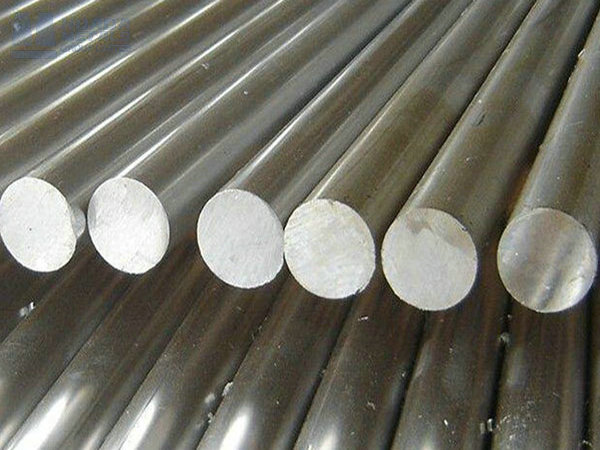
Processing and Fabrication Guidelines
- Heating: Use neutral or slightly reducing atmospheres; avoid sulfur-bearing contaminants.
- Hot Working: Recommended temperature range: 900–1,160°C (1,650–2,120°F).
- Cold Working: Requires intermediate annealing to prevent work hardening.
- Welding: Use GTAW (TIG), GMAW (MIG), or SMAW (MMA) with matching filler metals (e.g., ERNiCrMo-10 for C-276).
- Heat Treatment: Solution annealing at 1,060–1,150°C (1,940–2,100°F) followed by rapid quenching.
Applications of Hastelloy Alloy
| Hastelloy Grade | Chemical Processing | Oil & Gas | Power Generation | Pharmaceutical | Aerospace | Marine |
|---|---|---|---|---|---|---|
| C-276 | Reactors for HCl production, Chlorination systems | Downhole tubing, Sour gas processing | FGD scrubbers, Flue gas ducts | CIP/SIP systems | Jet engine combustors | Seawater heat exchangers |
| C-22 | Mixed acid reactors, Waste treatment | Subsea equipment, LNG heat exchangers | Nuclear waste containers | High-purity piping | Afterburner components | Desalination plants |
| B-3 | Sulfuric acid concentrators, Acetic acid reactors | H₂S-rich wellheads, Pipeline valves | Sulfur recovery units | Acid neutralization tanks | – | Offshore risers |
| X | Ethylene crackers, Catalyst grids | Pyrolysis reactors, Gasifier liners | Gas turbine combustors | High-temp sterilization | Turbine blades | Exhaust scrubbers |
| G-30 | Phosphoric acid evaporators, Nitric acid coolers | Downhole tools, Wellhead seals | Coal gasification | – | – | Ballast systems |
| HYBRID-BC1 | PTA/PET production, Terephthalic acid | Refinery hydroprocessing | IGCC syngas coolers | – | – | – |
- Chemical Processing: Reactors, heat exchangers, columns, and piping in chlor-alkali plants, fertilizer production, and organic synthesis.
- Oil and Gas: Downhole components, seawater injection systems, and sour gas processing equipment.
- Aerospace: Combustion chambers, afterburners, and turbine components in gas turbine engines.
- Environmental Engineering: Flue gas desulfurization (FGD) systems, scrubbers, and waste incineration plants.
- Nuclear Energy: Nuclear reactor components, spent fuel storage, and reprocessing equipment.
Critical Applications:
Chemical Processing: Reactors, piping, and scrubbers in acid production.
Oil & Gas: Downhole tools, sour gas equipment, and LNG heat exchangers.
Power Generation: Flue gas desulfurization (FGD) and nuclear waste systems.
Aerospace: Combustors, turbine blades, and exhaust components.
Pharmaceutical: High-purity systems requiring sterile, corrosion-resistant surfaces.
Hastelloy alloys are the premium choice for industries demanding longevity, safety, and performance in harsh conditions. For technical specifications or material selection support, consult our metallurgical experts.
In Conclusion
Hastelloy alloys are a family of nickel-based superalloys renowned for their exceptional corrosion resistance, high-temperature strength, and versatility in aggressive environments. These alloys are engineered with key elements like molybdenum, chromium, and tungsten, providing unmatched resistance to pitting, crevice corrosion, and stress corrosion cracking (SCC).
Key Advantages:
✔ Unrivaled Corrosion Resistance – Performs in HCl, H₂SO₄, seawater, and oxidizing media where stainless steels fail.
✔ Extreme Temperature Stability – Maintains strength up to 1200°C (2192°F) (grade-dependent).
✔ Fabrication Flexibility – Weldable, machinable, and available in multiple forms (sheets, tubes, bars).
✔ Long-Term Reliability – Minimal intermetallic phase formation ensures durability.
Hastelloy alloys stand as a testament to advanced materials engineering, offering unmatched corrosion resistance and mechanical performance in the most demanding industrial environments. Whether in chemical reactors, aerospace turbines, or nuclear reactors, these alloys provide reliable, long-lasting solutions for critical applications. HuaDa Metals has the good quality hastelloy and the service is customerized for you, if you have any question about metals, you can consult to our staff online or our experts will provide the professional solution for you. Welcome to inquiry and ask for the lastest price or contact us.
